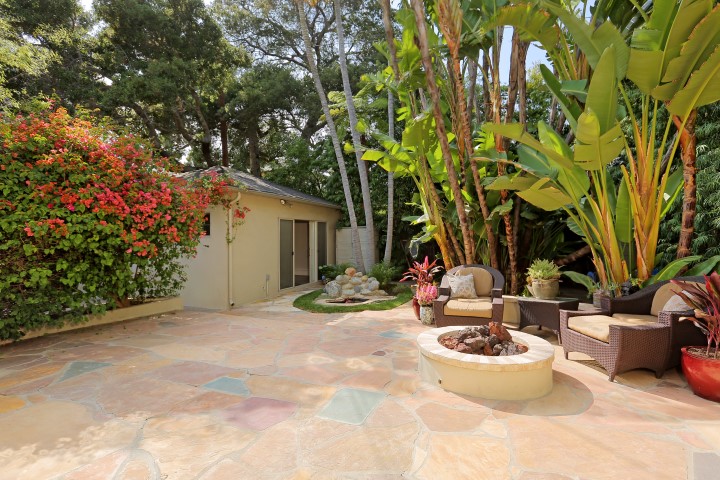New Changes in California Housing Laws
The most discussed and probably controversial new law establishes statewide rent control provisions that limit rent increases but also defers to local laws in any area where the local laws are already more stringent, such as Santa Monica.
Statewide Rent Control Measures
This law does NOT apply to vacant units, or to properties built in the last 15 years, and it also does NOT apply to single-family homes unless owned by corporations.
Another aspect prevents landlords from evicting certain tenants without landlords first providing a reason for the eviction (“just cause”) and requires that they provide relocation assistance.
The Housing Crisis Brings Changes to Accessory Dwelling Units
For advocates of increased housing production, the most significant law is called the “Housing Crisis Act.” Its purpose is to reduce barriers, create new vesting rights for housing developments and place limits on local review procedures and downzoning that would make the housing approval process much more difficult.
One of the most interesting new packages of laws relates to “Accessory Dwelling Units” (“ADU’s”) and potential “Triplexes.” ADU’s are additional living quarters on the same lot as a primary dwelling unit, and in many areas have been termed “granny flats.”
Although these have been legal in California for some years, many cities have enacted ordinances that render these ADU’s to be either not possible or too costly. The new laws were designed to reduce the barriers so more housing units can be provided throughout the many areas of California where there are major shortages of housing.
Some of the prohibitions on local ADU ordinances include those that: impose minimum lot size requirements for ADUs, set maximum ADU dimensions and any that require replacement off-street parking when a garage or carport is converted into an ADU. Homeowners’ associations can no longer prevent ADU’s on single-family residential lots.
Moreover, the new law allows for an ADU as well as a “junior” ADU if certain criteria are met. This law also provides that ADU’s can be created in multi-family buildings, including storage rooms, as long as building standards are met.
In further effort to increase the ability of affordable housing organizations to sell homes to eligible low-income homeowners, this law allows for the possible sale of deed-restricted ADU’s.
Previously ADU’s could not be sold or conveyed separately from the primary residence in which they are co-located. Local agencies may now allow ADU’s to be sold or conveyed separately from a primary residence if certain conditions are met.
There are several other new laws that are designed to make information available regarding surplus state and local land that might be suitable for affordable housing. Additional legislation went into effect already in September to exempt emergency shelters and certain supportive housing from some environmental quality standards.
These new housing laws will gradually have some significant results, no doubt with much controversy along the way and testing of some of the provisions through various court actions. As always, it is difficult to reconcile the public and private interests in many circumstances, and unforeseen consequences may evolve during the various processes of implementation.
